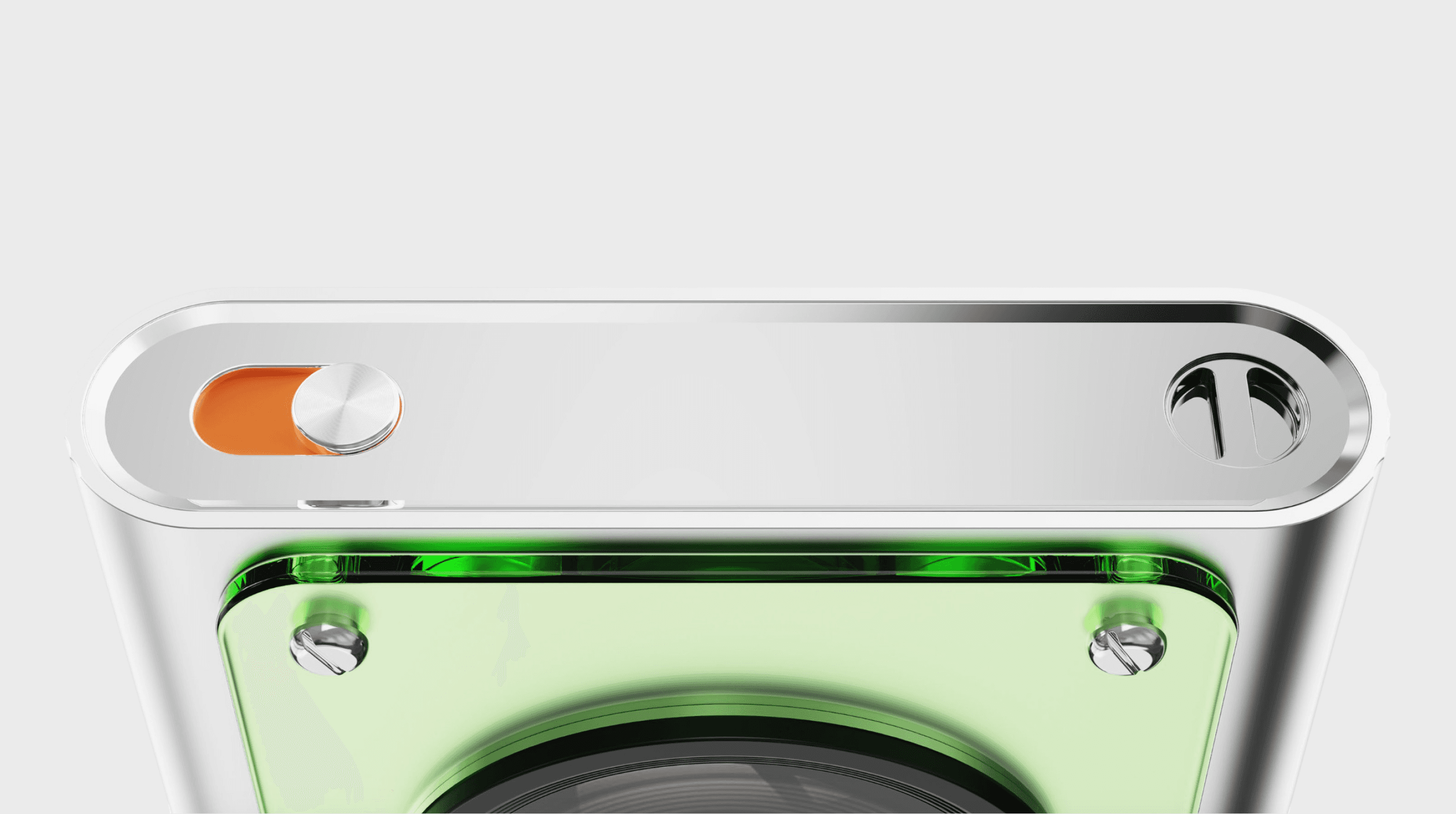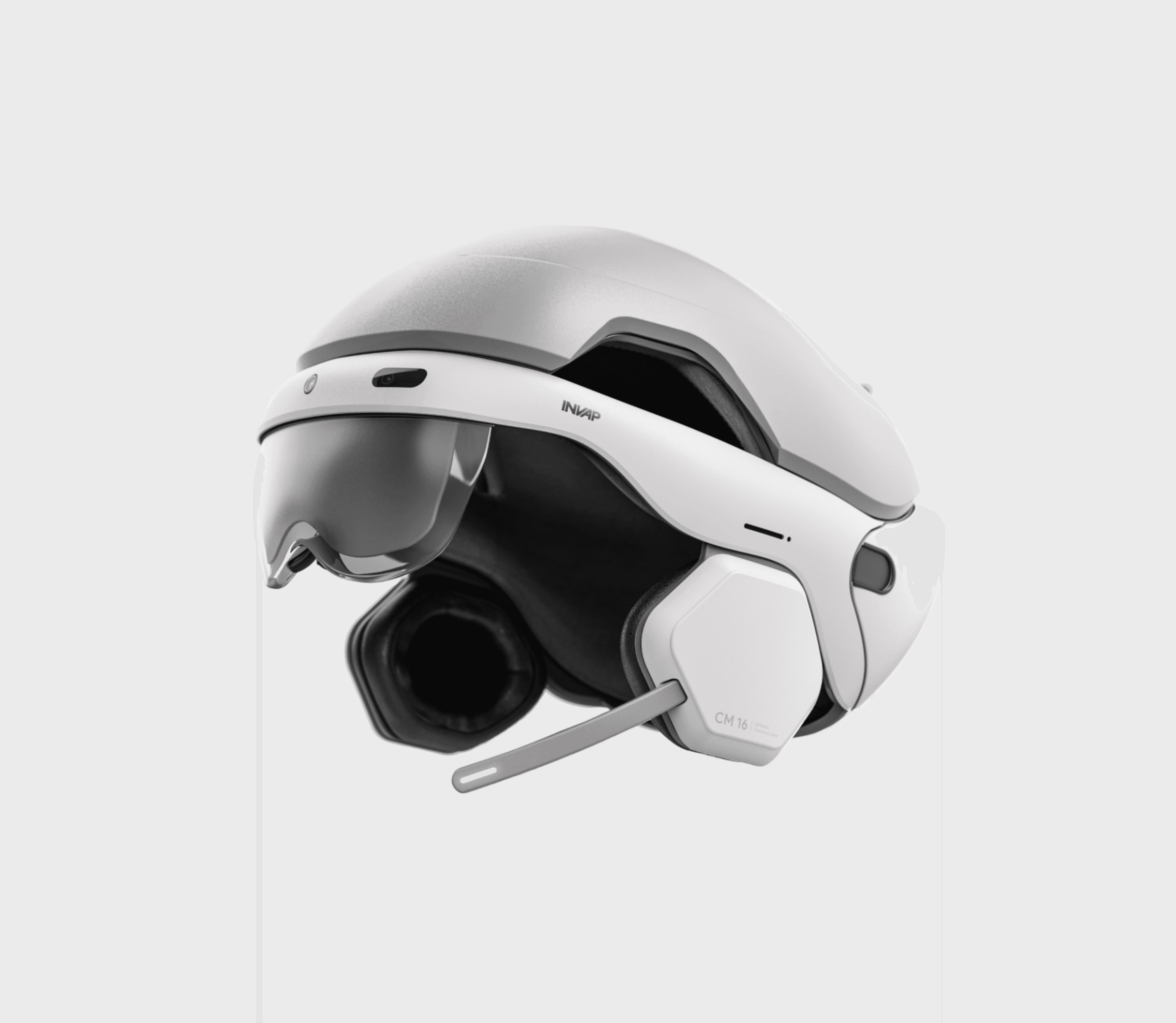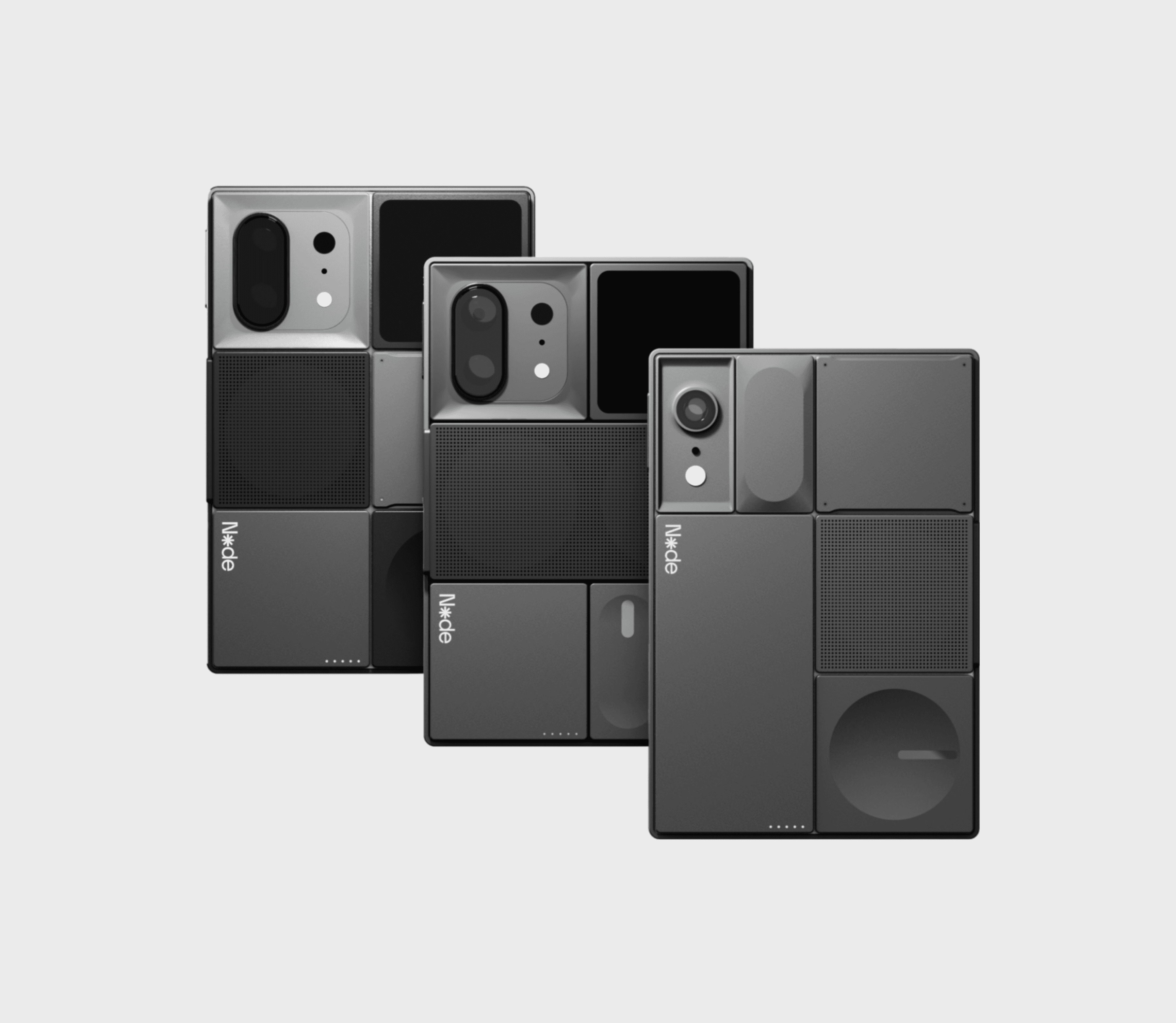10 minutes read
Article
Why the interest in Design psychology?

During my early months in product design, I followed design standards blindly. It doesn’t mean I was wrong, but hey, how do I answer questions like “why must we include a testimonial section?” How do I convince my boss/client that using picture A in the hero section is better than picture B that they provided? How do I explore and design creatively while also communicating in the language of the users using my website? My quest to not only get answers to these questions but also to grow led me to the world of design psychology. After learning a few things, I decided to pause learning and start practicing, and that is how we got here.”
The Landing page

During my early months in product design, I followed design standards blindly. It doesn’t mean I was wrong, but hey, how do I answer questions like “why must we include a testimonial section?” How do I convince my boss/client that using picture A in the hero section is better than picture B that they provided? How do I explore and design creatively while also communicating in the language of the users using my website? My quest to not only get answers to these questions but also to grow led me to the world of design psychology. After learning a few things, I decided to pause learning and start practicing, and that is how we got here.”
The Landing page

During my early months in product design, I followed design standards blindly. It doesn’t mean I was wrong, but hey, how do I answer questions like “why must we include a testimonial section?” How do I convince my boss/client that using picture A in the hero section is better than picture B that they provided? How do I explore and design creatively while also communicating in the language of the users using my website? My quest to not only get answers to these questions but also to grow led me to the world of design psychology. After learning a few things, I decided to pause learning and start practicing, and that is how we got here.”




